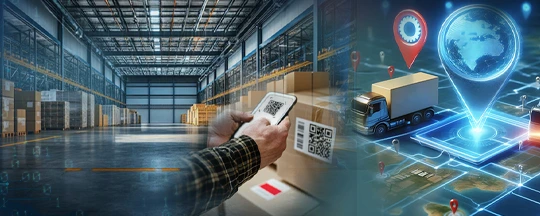
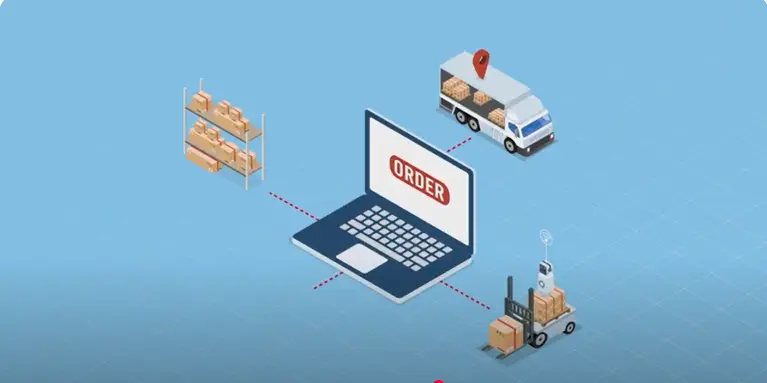
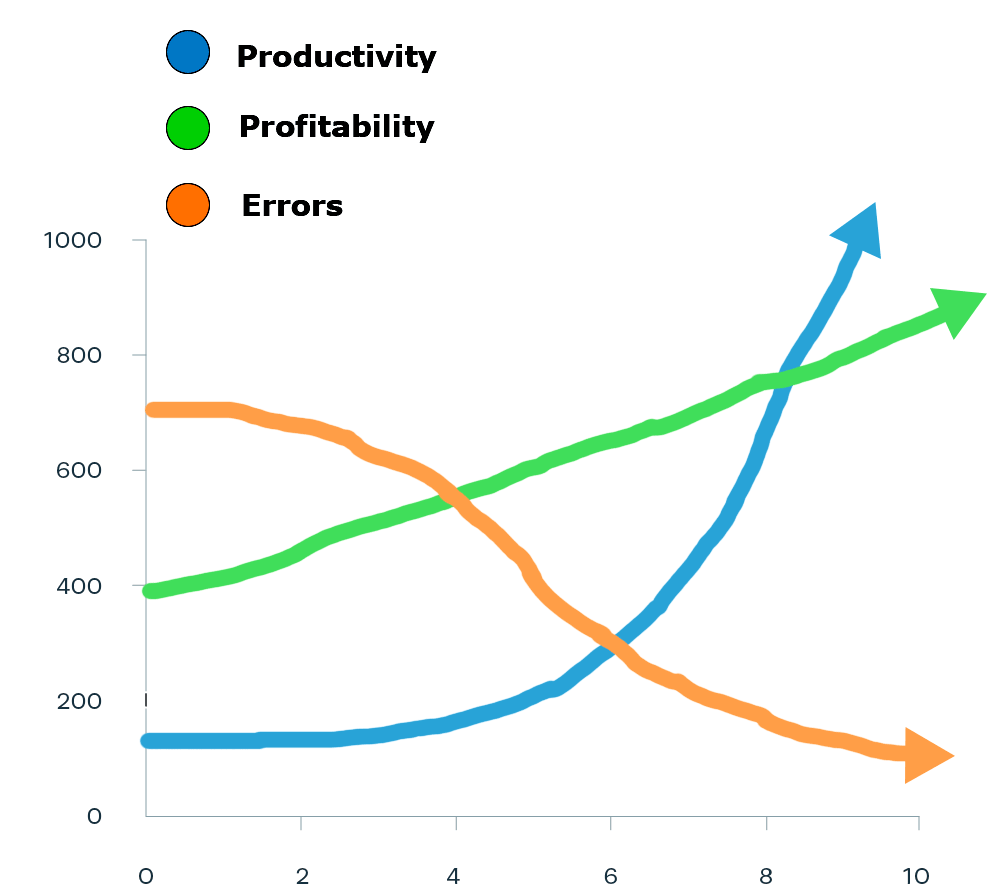




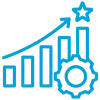

An American logistics company providing comprehensive services such as warehousing, quality checks, re-palletizing, and both local and long-haul deliveries was hindered by inefficiencies due to manual, fragmented systems. We developed an integrated, automated solution, infused with innovative ideas, creating a future-proof system that streamlined operations, reduced resource requirements, and integrated financial systems to support scalability and future growth.

Manual Processes


Automation
The customer is in business of Logistics since decades, successfully offering comprehensive logistics services, managing key tasks like pickups, warehouse quality checks, selecting carriers, re-palletizing by zip code, coordinating truck loading, and handling returns. This is managed with their set up systems, which are kind of working since a few years.
Like majority of businesses and particularly so in the small and
medium size businesses, the systems were not seamlessly
integrated. There was a struggle and a lot of reliance on manual
intervention. Particularly when higher volumes were to be dealt,
the system really struggled, leading to delays and errors.
Managing long-haul carriers and local delivery agents was
especially time-consuming. As a result, in spite of having
infrastructure and ability, expanding the business to its true
potential was not possible.




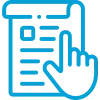
The system struggled to keep up with the increasing data loads and complexity that came with the business expansion.
It lacked critical features needed to manage various logistics processes, such as handling long-haul carriers, coordinating with local delivery agents, managing returns, and re-routing shipments (re-consignments).
The system did not have proper process validations in place, leading to mistakes like allowing the modification of already completed orders.
A significant portion of data management relied on manual inputs, which slowed down operations and required extra effort from the staff.
The system’s data access controls were insufficient, raising concerns about both security and unauthorized visibility of sensitive information.
Logistics was a new field for us, and we didn't fully understand the business at first. However, over 2+ months, we learned by studying the industry, consulting with our client, and interviewing various stakeholders—from executives to operational staff. This gave us a deep understanding of different processes, including complex ones like managing returns, long-haul carriers, and re-consignments. This experience was similar to our other re-consignments. This experience was similar to our other projects. Although we have been working with various clients for 13 years, we weren't always familiar with their industries at the start.
However, over time, we have become their go-to advisors for all their queries.
This approach of deeper understanding getting under the skin of client’s business has allowed us to successfully collaborate with a wide range of domains.
Becoming part of the client's team: Through close communication with the client, our team starts to fully immerse in the business. We understand the intricacies of the client's operations, making us feel like an integral part of their team. This also meant adjusting to the client’s time zone and being available whenever they needed us.
We balance what the client wants with what’s best for them. During the functionality and flow planning stage, the client shares their requirements, usually based on their current solution and the issues they face.
With a deeper understanding, we look at things from the client’s perspective.
Our planning goes beyond just the existing features. We consider potential changes, trends, and disruptions that could affect the business. We explore various alternatives and possibilities
The key is to address current needs quickly while also planning for future growth. We think creatively from the client’s point of view and check our ideas with their team, taking care that we don’t have to rebuild the solution due to changes in the future.
To make a significant impact, we start by defining the ideal processes. Once that’s settled, we can plan the system's functionality and flow.
This step is crucial and requires a lot of input from the client’s team.
The highest credit goes to the brilliant, cooperative and hard working team on the Client’s side. Without this, a useful solution is just not possible.


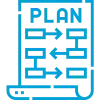

We create a long-term plan for the solution, aiming for the best, most intelligent, and integrated system possible. The key to successfully upgrading any system is phased development. While we have a vision for a complete solution, it’s always smarter to plan in smaller, manageable steps.
Weplanned the phased development together with the client’s team. This approach delivers value faster and allows changes to be implemented gradually. The most important part is carefully planning the first phase. We also outlined the next 2-3 phases, focusing on increased automation, deeper integrations (both internal and external systems), and adding Artificial Intelligence.
Collaborating with the client, we focused on visualizing the software's functionality and flow. Before starting development, we provided wireframes and a preview of the user interface to the client’s team, gathering their feedback and approval.
The user interface had to be intuitive, simple, and aligned with the client’s brand. This required multiple iterations with our UI/UX team until both sides were completely satisfied.
Replaced manual data entries with automated processes, reducing errors and speeding up operations.
Automated tools to help the client find the best long-haul carriers and local delivery agents.
Mobile apps for tracking shipments, reducing the need for manual status checks.
Automatically generated important logistics documents like Bills of Lading (BOLs).
Simplified warehouse operations with barcode scanning to speed up sorting and tracking.
Streamlined invoicing and payments through AR and AP modules, improving cash flow and financial visibility.
Made the system cloud-ready for easy scaling and future growth.
Automating manual tasks reduced workload and improved overall productivity.
Clients and stakeholders received real-time notifications via mobile apps, email, and WhatsApp, keeping everyone informed.
The client could now handle more orders without hiring additional staff, boosting revenue.
Modern technology reduced IT costs by threefold.
Detailed reports and optimized processes allowed the client to increase profits.
Automating AR and AP streamlined payments and cash flow, reducing delays.
Our ability to quickly understand complex logistics operations and anticipate future needs allowed us to create a flexible, scalable solution that addressed the client’s challenges. Mechsoft delivered a custom system that supports their growth while reducing costs and improving efficiency. We always build long-term relationships with our clients through trust and proven success, showcasing our commitment, exceptional ongoing support and innovation.
This is the core approach and standard practice at Mechsoft - fully engage with the client, understand their perspective, and deliver maximum value. This straightforward process has led to long-lasting relationships with our customers.
While having the right processes can help, there are three key elements—what we call the 3 'I's of a solution—that can’t be easily bought or developed. You need these to succeed.
This is part of our culture and habit. We value it even more than technology.
It's part of our character. Trust, integrity, and reliability are our foundation.
You get it as God’s gift.